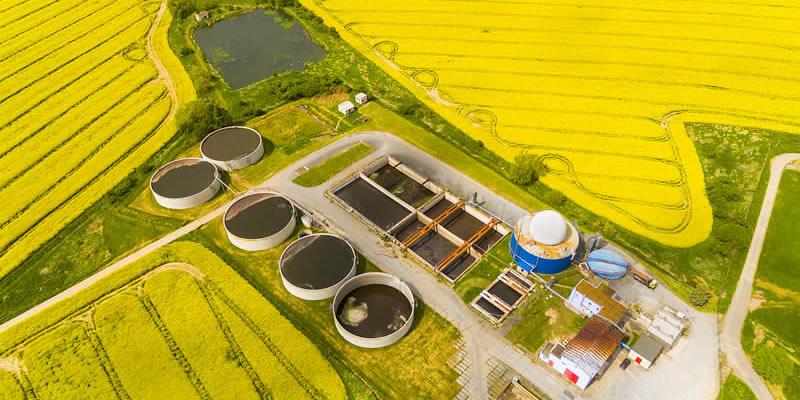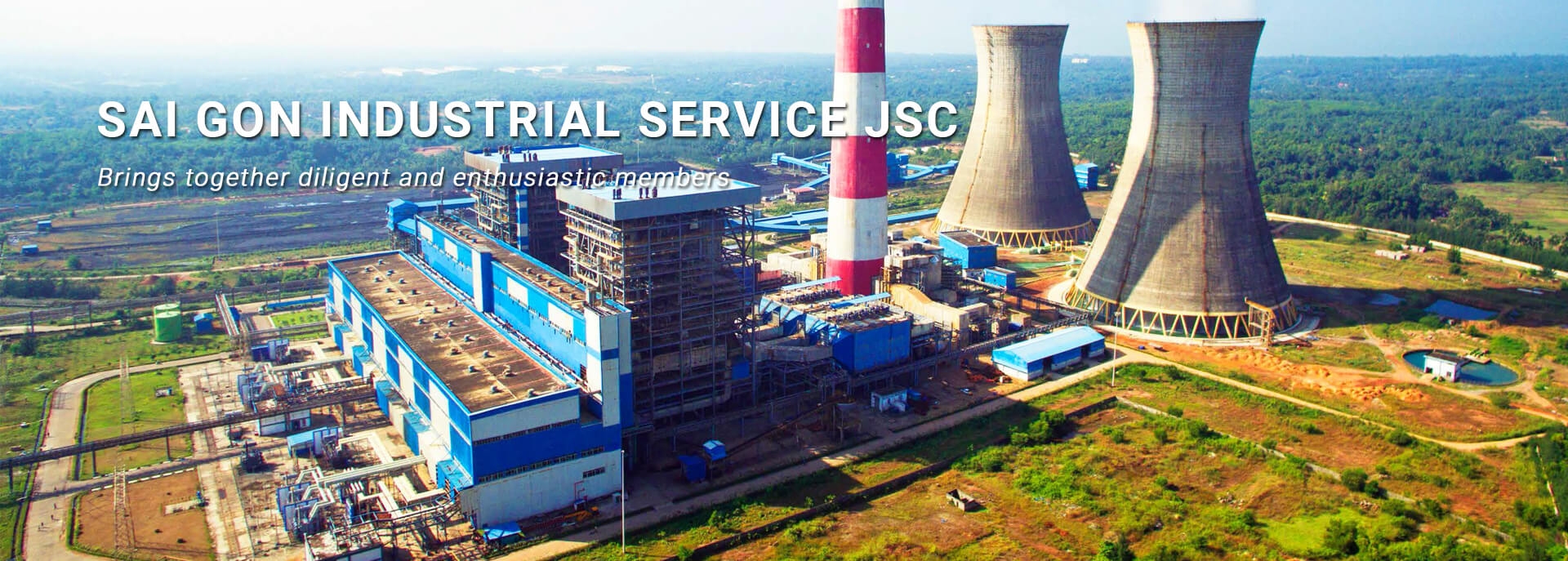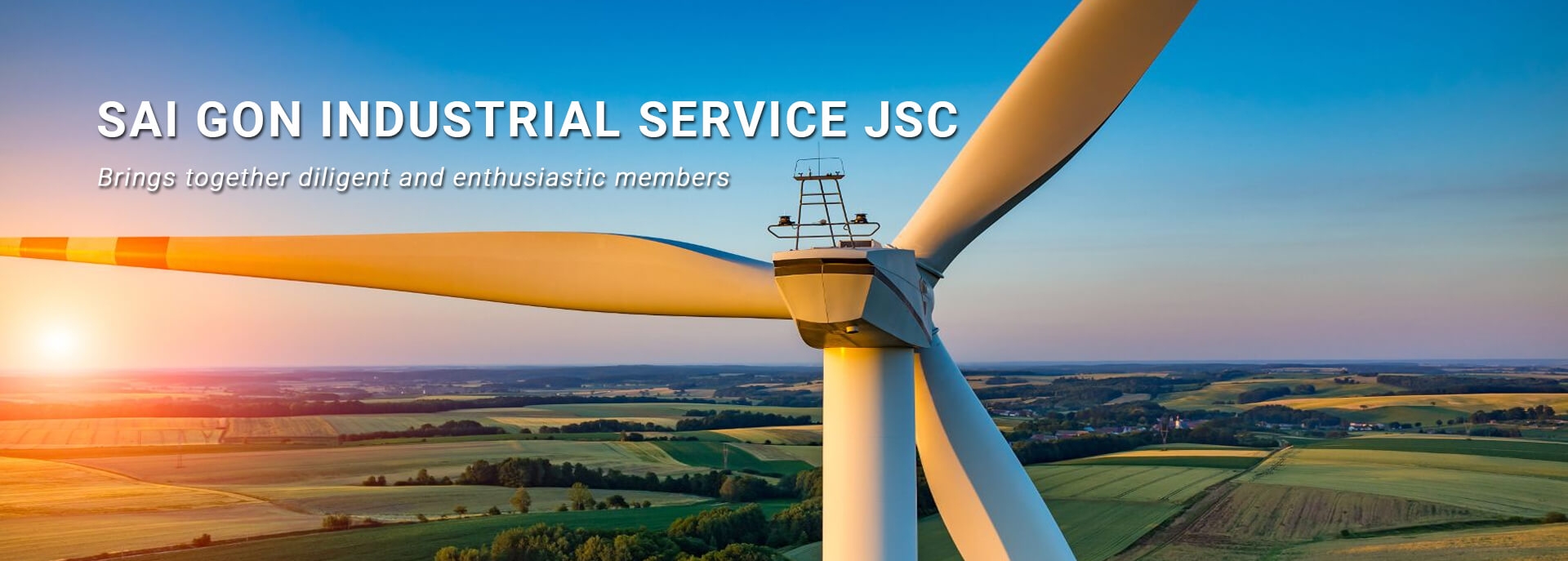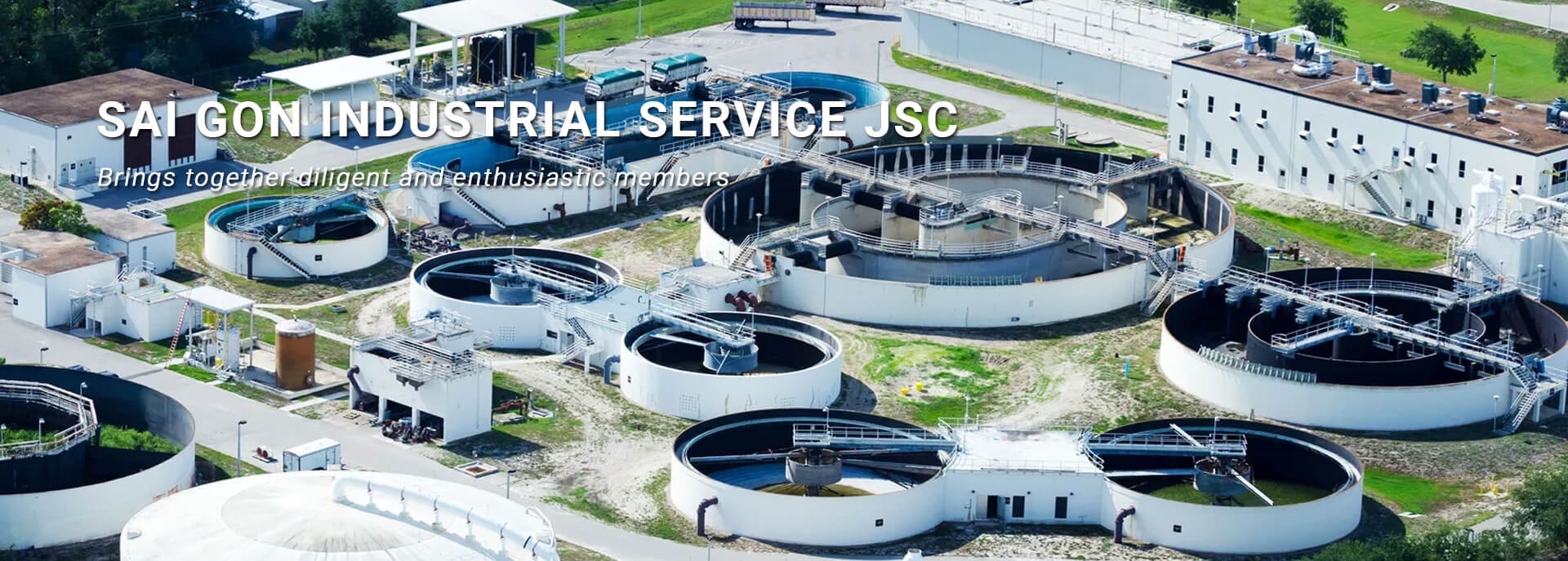BIOMASS ELECTRICITY
Biomass electricity new development trend
Biomass power generation is more and more popular because of its high energy efficiency, environmental protection and other advantages. This is a renewable energy with large reserves, so it has received development investment from many countries. In Vietnam, the FiT price is also relatively reasonable to attract investors to participate in the development of biomass power projects.
Potential for the development of biomass electricity in Vietnam
As one of the countries located in the region that distributes the most annual sunlight in the world. Vietnam is assessed to have a renewable energy source with great potential as well as an abundant source of biomass raw materials. It is estimated that each year there are more than 160 million tons.
Vietnam is also evaluated by experts as a country with great potential for biomass energy such as agricultural waste, urban wastewater, which is widely distributed throughout the country. In particular, some forms of biomass can generate heat and electricity. On average, every 5 kg of rice husk can generate 1 KW of electricity.
Thus, Vietnam can use millions of tons of rice husk to generate hundreds of MW of electricity each year. The Mekong Delta contains a large amount of agricultural waste about 50% of the total agricultural waste of the country. The Red River Delta accounts for 15% of the country's total output.
It is estimated that by 2030 and 2050, the total potential of biomass energy will reach 113 million MWh and 120 million MWh, respectively. By 2030, biomass energy across the country will increase by about 1.9%/year.
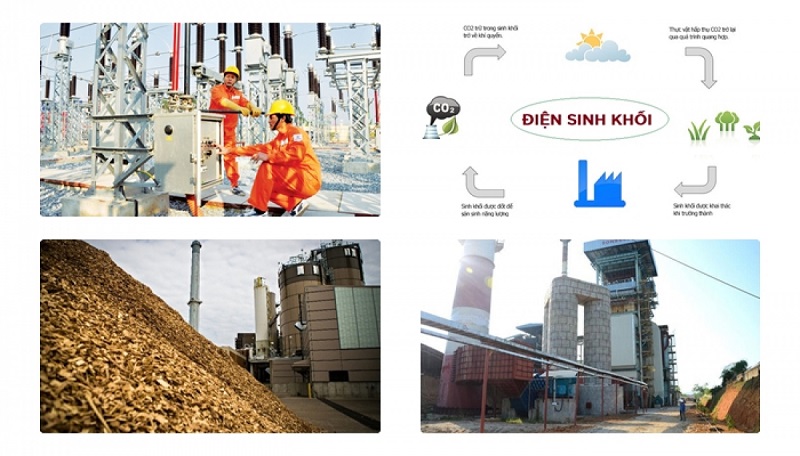
ĐIỆN SINH KHỐI
Điện sinh khối xu hướng phát triển mới
Sản xuất điện sinh khối ngày càng phổ biến vì hiệu quả năng lượng cao, bảo vệ môi trường và các ưu điểm khác. Đây là loại năng lượng tái tạo có trữ lượng lớn nên đã nhận được sự đầu tư phát triển của nhiều quốc gia. Tại Việt Nam, giá FiT cũng tương đối hợp lý để thu hút nhà đầu tư tham gia phát triển các dự án điện sinh khối.
Tiềm năng phát triển điện sinh khối tại Việt Nam
Là một trong những quốc gia nằm trong vùng phân bố ánh sáng mặt trời hàng năm nhiều nhất thế giới. Việt Nam được đánh giá có nguồn năng lượng tái tạo có tiềm năng rất lớn cũng như nguồn nguyên liệu sinh khối dồi dào. Ước tính mỗi năm có hơn 160 triệu tấn.
Việt Nam cũng được giới chuyên môn đánh giá là quốc gia có tiềm năng rất lớn về năng lượng sinh khối như chất thải nông nghiệp, nước thải đô thị được phân bố rộng khắp cả nước. Đặc biệt, một số dạng sinh khối có thể tạo ra nhiệt, điện. Trung bình, cứ 5 kg trấu có thể tạo ra 1 KW điện.
Như vậy Việt Nam có thể sử dụng hàng triệu tấn trấu để tạo ra hàng trăm MW điện mỗi năm. Đồng bằng sông Cửu Long chứa một lượng lớn phế phẩm nông nghiệp khoảng 50% tổng lượng phế thải nông nghiệp của cả nước. Đồng bằng sông Hồng chiếm 15% tổng sản lượng của cả nước.
Ước tính đến năm 2030 và 2050, tổng tiềm năng năng lượng sinh khối lần lượt đạt 113 triệu MWh và 120 triệu MWh. Đến năm 2030, năng lượng sinh khối trên cả nước sẽ tăng khoảng 1,9%/năm.
